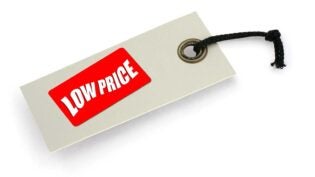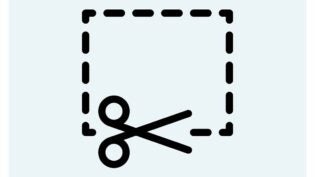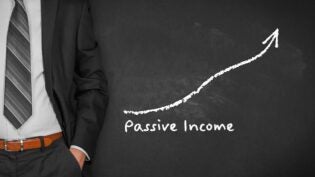
There are many important aspects to running a business, but perhaps the most important of all is your pricing strategy. At the end of the day, whether customers are willing to keep spending money at your business and whether you can afford to stay in business comes down to your prices. Here are five steps to get you on the right path for an effective pricing strategy:
1. Know where you break even
It’s essential that your prices allow you to cover all your costs, and the first step to creating a viable pricing strategy is to perform a breakeven analysis. This involves understanding all the components of both your fixed and variable costs and then calculating the breakeven point—the sales volume that will just cover your total costs—for each price level.
Consulting with your accountant can be very useful for this analysis, because it involves a detailed understanding of your costs and where they come from, as well as the exploration of different pricing scenarios.
2. Know your market
Once you know what you need to stay afloat, you should find out the prices that are reasonable for your type of business. The best way to do this is to look at your competition. Your accountant may be able to provide you with an idea of the pricing strategies common for businesses similar to yours.
You can also see for yourself. Research your industry and its norms on the internet, and check out businesses in nearby towns and neighborhoods to see what’s reasonable not just for your industry but for your location. Certain areas can sustain much higher prices than others, and if your business is in an expensive location, you may need higher prices to cover your costs. But if other local businesses are offering the same products as you at a lower price, it will be hard to convince customers to spend their money with you.
3. Talk to your customers
Knowing what the competition is doing can help you gauge what’s reasonable for your pricing strategy, but it can’t replace speaking directly with your customers (and potential customers). Aside from the personal connection this will inspire, talking to customers about what prices would be way beyond their means and what would be so low they might suspect the quality of the product can give you a better sense of how your prices are perceived from the customer’s side. Don’t expect customers to give exact figures or margins, but do get a sense of what ranges are acceptable for them.
4. Discount wisely
Offering discounts is a common and effective way to bring customers in the door, but do so wisely. Know what those discounts are going to cost you and how much additional sales volume you’ll need to cover the discount. If a promotional discount isn’t drumming up enough sales to cover its cost, axe it. Be especially wary of loss-leaders: although they may be popular and fly out the door, if they aren’t increasing sales of regularly-priced items, the increased traffic may not be worth it.
5. Be prepared to change
Once you have an effective pricing strategy, be prepared to constantly reevaluate it and revise your approach in the future. Circumstances change, customer attitudes and costs of goods change, and it’s essential to adapt your financial strategy with those changes to reflect your business’s current situation. With a flexible and responsive attitude, you can adjust your prices for maximum profit and appeal.
What factors do you look at for setting up a pricing strategy?
Ked Harley is a writer and researcher for Biz2Credit Business Loans, a leading credit marketplace connecting small- and medium-sized businesses with small business loans, service providers, and complementary business tools. She is also a self-confessed coffee addict working out of New York City. Her interests include business and finance, world news, food, and travel, and she enjoys yoga and running in the park. Follow Biz2Credit on Twitter and Facebook for small business news and updates.
Published: August 20, 2013
4800 Views
4800 Views











